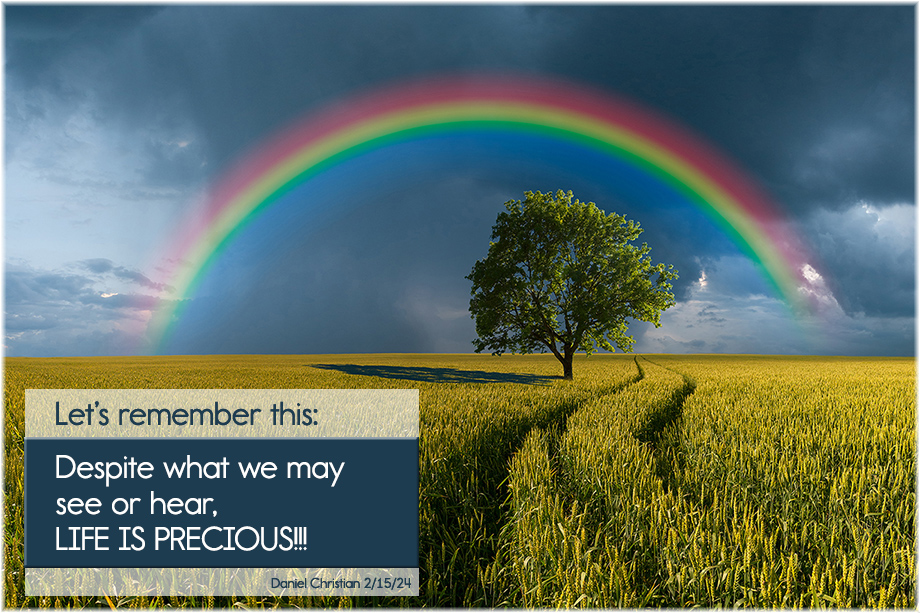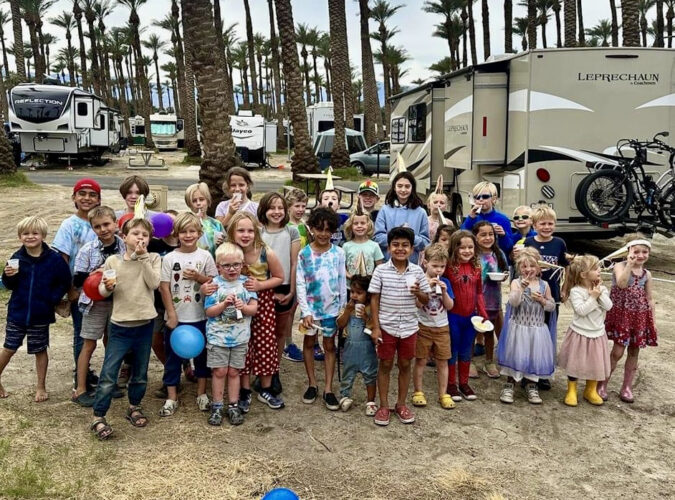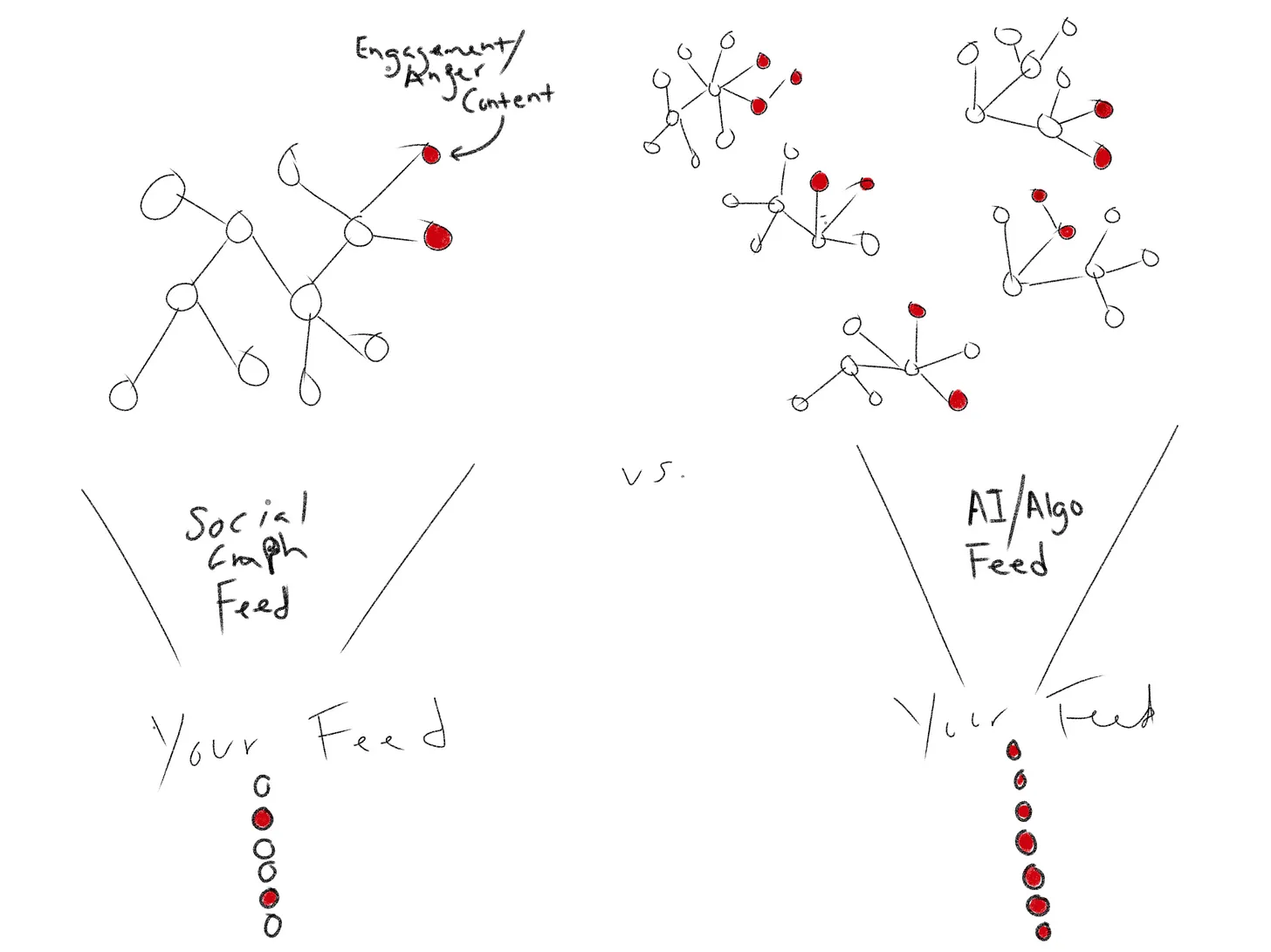From DSC:
After reading the book entitled “Love & Hate” by Bill Halamandaris — a book about Henri Landwirth, the founder of the Give Kids the World Village — and “On Purpose” by Pamela Landwirth, I was struck with several thoughts. Below are just some of them:
- There is enormous power in a vision.
- People want purpose and meaning in their lives. They want their lives to count. To matter.
- People want to work for an organization that is concretely making the world a better place in which to live.
- People want to buy from businesses that are making a positive contribution to the world.
- Both love and hate are powerful. But let’s choose to go forward with love.
- Parents, grandparents, and/or other guardians of critically-ill children carry enormous, hidden burdens. Let’s try to notice those burdens and help them out.
- Life is precious.

From DSC:
Recently, a group from our church went to serve down at the Give Kids the World Village, in Kissimee, Florida. I wanted to relay the specialness of this place and say a few words about the Founder of the Give Kids the World Village: a man by the name of Henri Landwirth. Over the last few weeks in the Orlando area, the Holy Spirit helped me to think about the power of a vision, as both Walt Disney and Henri Landwirth were visionaries.
But first, it’s important to note that Henri survived FIVE concentration camps during WWII. He had no name there. He was known only as B4343.

Henri:
- Was in concentration camps from ages 13-18
- He lost both of his parents to acts of mass murder
- Henri survived FIVE YEARS of hunger, torture, and horrendous conditions
- He faced what looked like certain death several times
Yet as I was reading the book entitled “Love & Hate”, I kept wondering if I was seeing the fingerprints of God on Henri’s life.
After the war, Henri went in search of former Nazis, for whom he was filled with hatred. And while I don’t have time to relay the fateful day that changed Henri’s perspective and his life, the bottom line was that he didn’t want to become like his former captors the Nazis. Surprisingly and amazingly, he chose love, not hate.
Fast forward to Henri’s coming to America, working very hard, and climbing up the ladder of the Holiday Inn organization.
Then fast forward even further to the time Henri was looking for a location to build his vision. Quoting from page 139:
Henri took his checkbook and began looking for a location for Give Kids the World Village. He found it almost immediately in Kissimmee. When Henry looked at the lot, he could already see the Village there. Where others might have seen rows of burned orange trees and wetlands, Henri saw villages, a place for kids to fish, and a castle. “I could see it all,” Henri says, “as if my dream had already come to life.”

A few last notable things about the Give Kids the World Village:
- According to the book by Bill Halamandaris, the Village was built with ZERO CONTRACTS and NO ADVERTISEMENTS from those who helped create the village! This is underheard of for $60+ million worth of facilities and the millions of dollars’ worth of donated services.
- The Village has thousands of volunteers and it takes 160 volunteers per day to keep it running
- Since 1986, Give Kids The World Village has welcomed more than 188,000 families from all 50 states and 77 countries.
So I want to leave you with the idea that we were witnesses of – and participants in – the tremendous power of a vision.


















